Laurent Grasso
Disasters and Miracles
20.4. —
30.6.2013
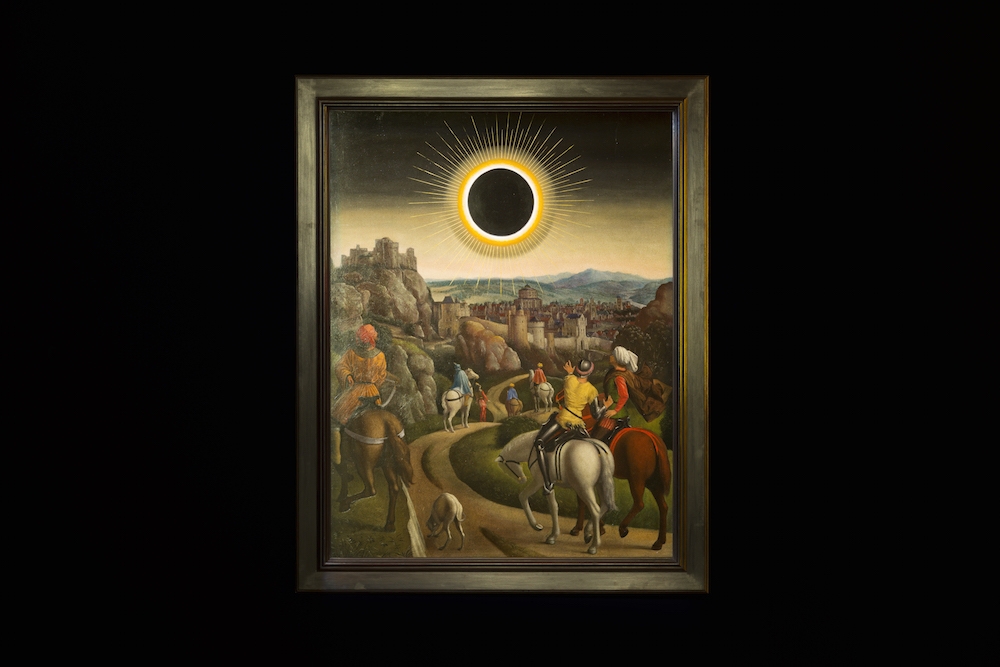
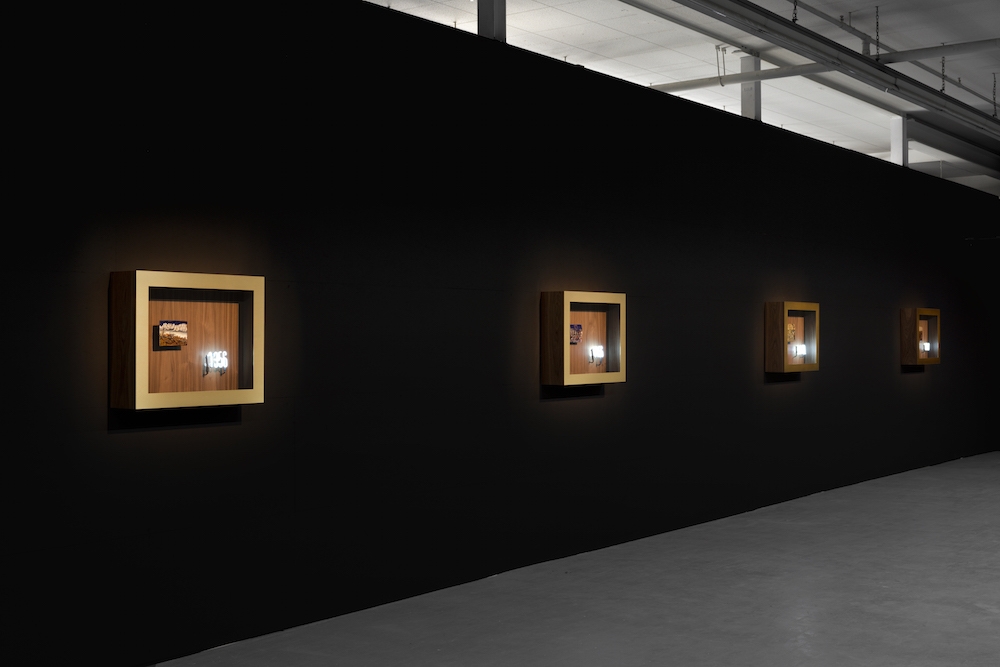
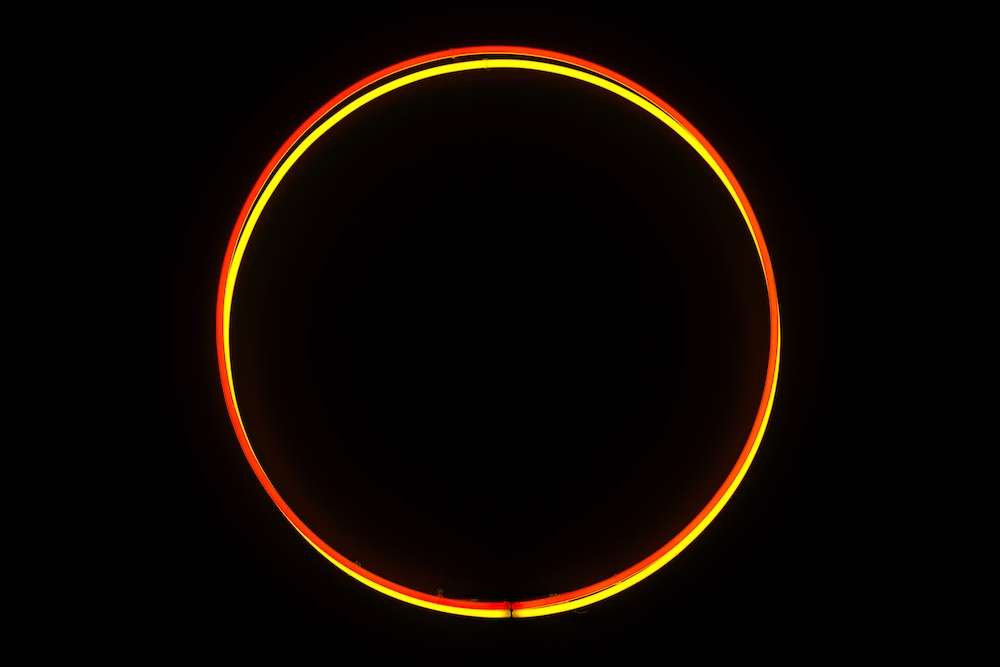
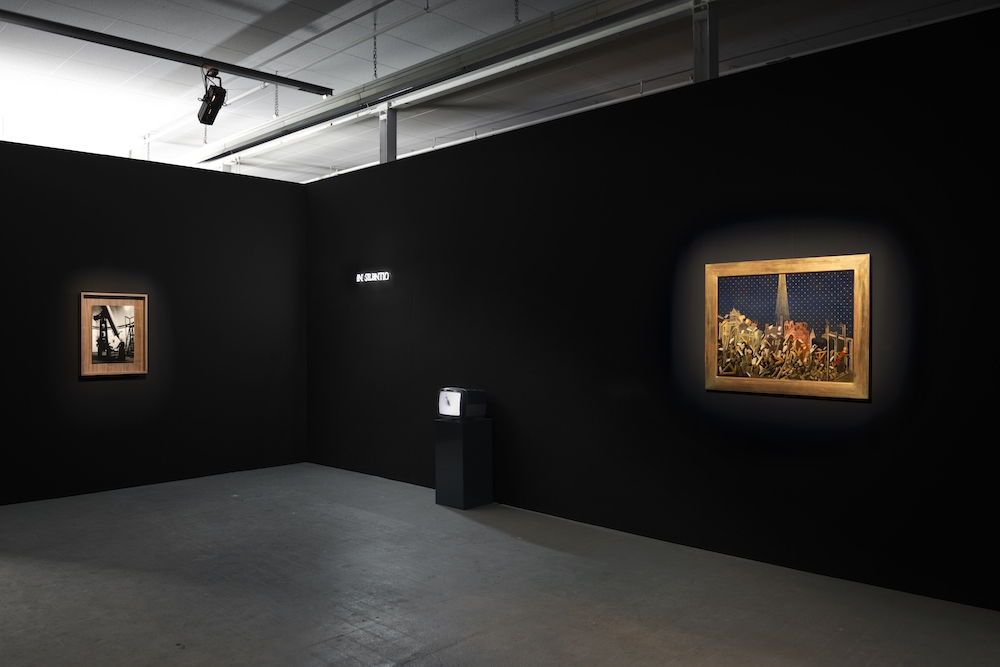
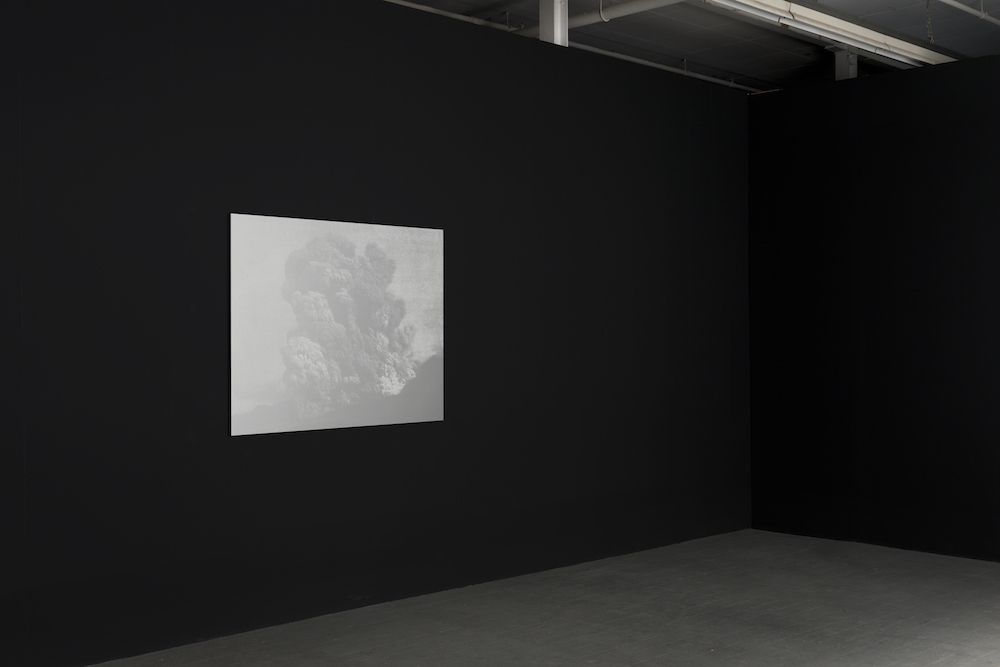
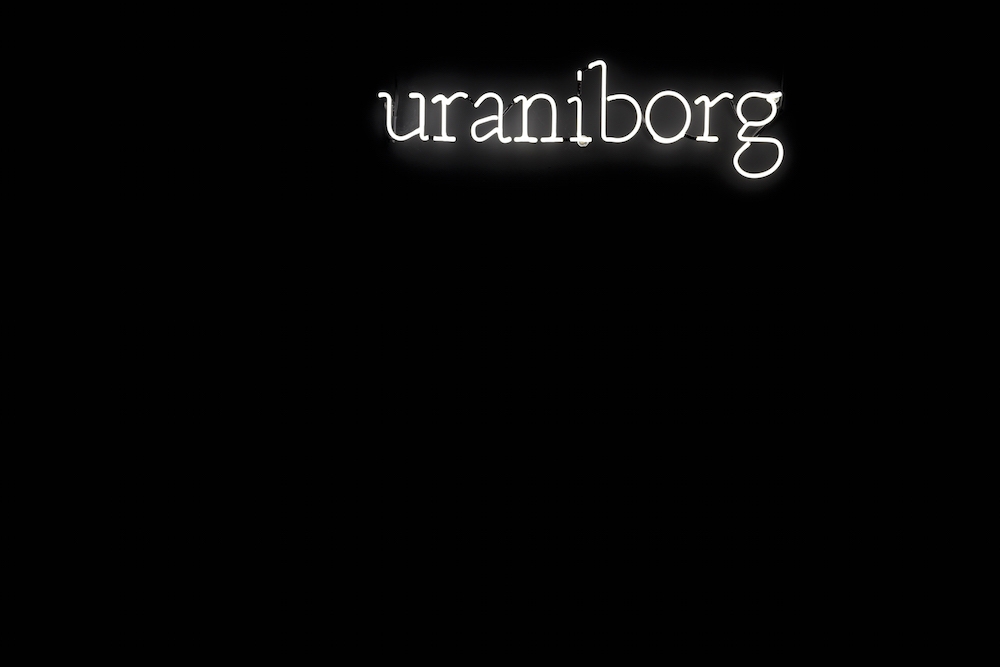
The French artist Laurent Grasso developed a series of new works and alongside some existing works, has created an overall concept for the exhibition at Kunsthaus Baselland. It, among other things, draws on events and occurrences in Switzerland and Basel.
In recent years Laurent Grasso has steadily progressed to become one of the most successful contemporary artists. His solo exhibitions at the Jeu de Paume, Paris (2012), the Musée d’art contemporain, Montreal (2013), the Bass Museum, Miami (2011), the Hirschhorn Museum, Washington (2011) and many others impressively attest to this.
Laurent Grasso’s work, which uses various forms of media and includes videos, painting, photography, neon works as well as sculpture and architecture, is characterised by a strong narrative component. The topics taken up are based on scientific observations, astronomy, primal human fears, superstitions, science fiction and mythologies. His latest film Uraniborg (2012) for instance is about the eponymous palace on the island of Ven, located between Denmark and Sweden, where the astronomer Tycho Brahe studied the stars and planetary movements for twenty years. The palace with numerous openings for celestial observation was at the time the largest observatory in Europe. The film adopts a documentary posture and tries to trace what is left of Brahe’s work, whereby a voice-off brings back to the image the no longer existing architecture. Specola Vaticana (2012), a series of photographs, also shows astronomical research, wherein at this instance the Vatican is in the foreground as the commissioning body as well as a researching institution. Galileo Galilee’s case is well-known, who as a scientist, mathematician and philosopher designed his own telescope, which made it possible, inter alia, to see the lunar surface and the structures of the Milky Way. Galilee, who was highly esteemed by the Vatican for a while, lost his reputation when as a result of his research findings, he identified the faith in the geocentric world view as faulty and instead established the heliocentric worldview. The silver bromide photos depict historical moments when the pope and his scholars even looked through the telescope — moments in which the representatives of faith and those of scientific research came together.
An important characteristic in Grasso’s work is the use of different temporalities that can often encounter each other in a single work. In his series of the so-called Studies into the Past, Grasso re-quotes individual elements from his own film works in oil paintings, which are painted by restorers of the Louvre in the style of the 16th century. His famous film Projection (2005), in which a dense and massive cloud formation rolls along the streets of Paris, is for example echoed in an oil painting, where the streets of Paris shown in the film are replaced by medieval streets. Grasso manipulates temporalities and introduces a historical document — in the form of a painting – which claims to have served as the inspiration for the film. “The phenomena present in my videos replace the religious phenomena usually present in the history of painting. It’s a way of reconstructing history and the past by creating a false historical memory.” (L.G.)
In a series of recent works, the artist focuses on disasters and miracles. In paintings with a wide brass frame, a date, an inscription plate and a painting each tell of various events: The Basel earthquake of 1356 was regarded as one of the strongest in Switzerland, which claimed many lives and even caused parts of the Basel Minster to collapse. The ensuing fire further increased the number of deaths and the damage. Another image takes up the earthquake of 1456 in Naples. A tsunami at Lake Lucerne in Lucerne was triggered in 1601, when numerous earthquakes set in motion the lower geological strata of the lake. The flood waves were up to four meters high, threw boats ashore and flooded the surrounding region. Juxtaposed to the catastrophes is a work that refers to the miracle of Fatima. In 1917 three shepherds claimed to have seen an apparition of the Virgin Mary. For Grasso this miracle, for which there is no scientific evidence, stands in a series of events that have been created in history again and again, to keep alive an apparatus of control and power.
The exhibition at Kunsthaus Baselland takes up the idea of a journey through different times, topics and historical and pseudo-historical moments also architecturally. Like in a journey through time, we see the impact of miracles and disasters, of mystical traditions and the effects of superstition and delusion. Grasso leads us to the limits of reality and fiction, faith and knowledge. We dive into a maze and leave it surely different than we were when we entered it.
Text by Sabine Schaschl
The exhibition was generously supported by Peter and Adelaida Sutter-de Vries.